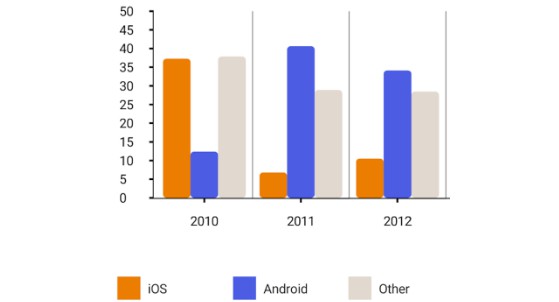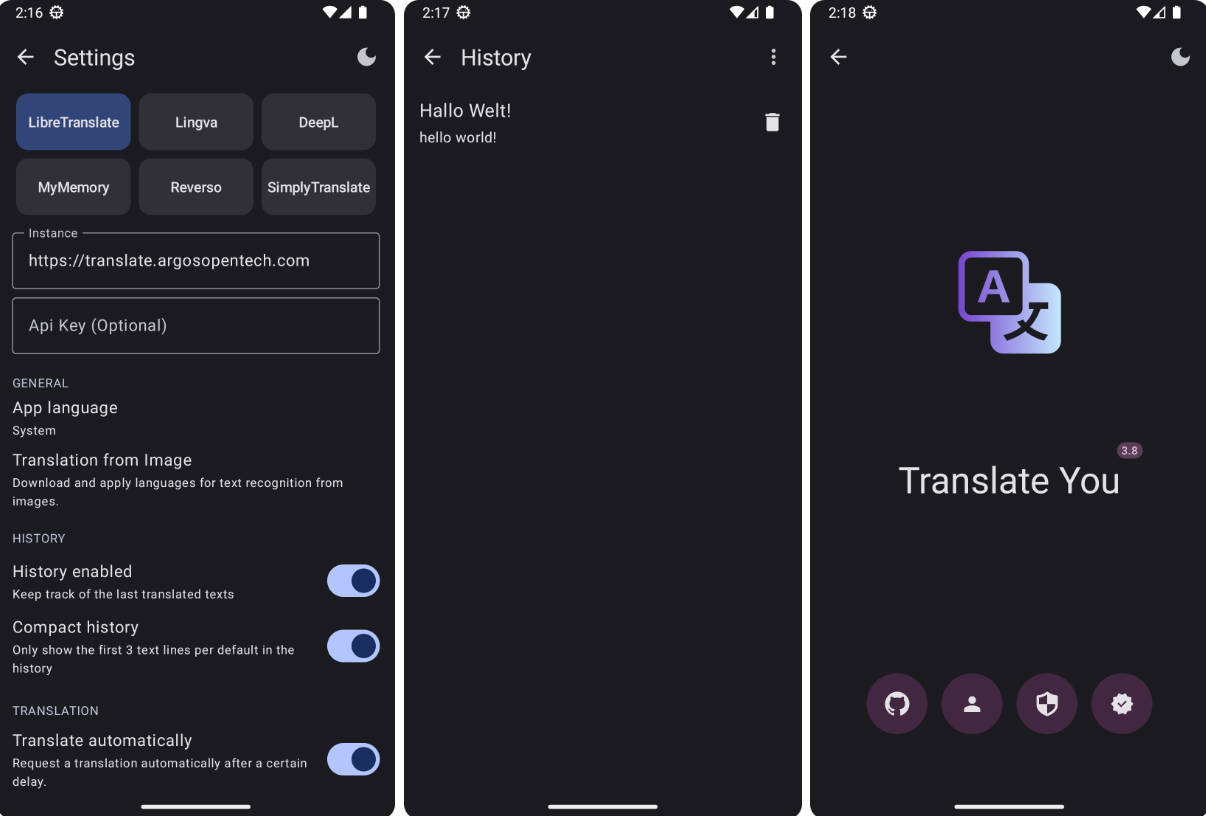transbyte
Note: The project is still WIP, so not all of your functions can be correctly encoded, or encoded at all.
transbyte is a tool for encoding JVM Bytecode to CIRCUIT-SAT.
It takes .class file with some parameters and gives you an encoding in
ascii AIGER format.
Usage
Use .jar standalone file from releases (or build one by yourself) with the next command to get usage info
> java -jar transbyte.jar
Value for option --classes should be always provided in command line.
Usage: transbyte options_list
Options:
--debug, -d [false] -> Turn on debug info
--classes, -c -> All paths to classes for the translator (always required) { String }
--start-class, -sc -> Class name where to find start method (always required) { String }
--method, -m [main] -> Name of the method to start translation with { String }
--output, -o -> Filename for output { String }
--array-sizes, -asz -> Array sizes for input in method { Int }
--help, -h -> Usage info
For example, if you have the next function
class Sum {
public static int sum(int a, int b) {
return a + b;
}
}
in your Sum.class file, you can pass it to transbyte using the next command
> java -jar transbyte.jar -c Sum.class -sc Sum -m sum:(II)I
If you have an array as input in your function, you should use parameter --array-sizes (or -asz)
to pass input array size (otherwise, transbyte will give an error).
class BubbleSort {
public static int[] bubbleSort(int[] sortArr) {
for (int i = 0; i < sortArr.length - 1; i++) {
for (int j = 0; j < sortArr.length - i - 1; j++) {
if (sortArr[j + 1] < sortArr[j]) {
int swap = sortArr[j];
sortArr[j] = sortArr[j + 1];
sortArr[j + 1] = swap;
}
}
}
return sortArr;
}
}
> java -jar transbyte.jar -c BubbleSort.class -sc BubbleSort -m bubbleSort:([I)[I -asz 5
Multiple array sizes can be passed using multiple -asz parameters (in the appropriate order)
class SumLength {
public static int sumLength(int[] a, int[] b) {
return a.length + b.length;
}
}
> java -jar transbyte.jar -c SumLength.class -sc SumLength -m sumLength:([I[I)I -asz 5 -asz 10
Encoding
You can encode your function by following a few steps.
- Suppose you have a
C.javafile with classCinside. Compile it withjavac. Now you have a class fileC.class - Pass it to
transbytewith the necessary parameters. Now you have encoding in.aag(ascii AIGER) format- You can convert it to binary
.aigformat (which is used in various tools) using aigtoaig tool
- You can convert it to binary
Equivalence checking and minimization
If you have encodings of two functions (with same input and output sizes), you can check whether these two functions are equivalent or not.
You need two tools: abc for miter creation, and your favourite SAT-solver (for example, kissat).
- Create a miter and dump it to DIMACS-CNF with the command
./abc -q "miter enc1.aig enc2.aig ; write_cnf miter.cnf" - Pass it to SAT-solver (for kissat,
./kissat miter.cnf)- If the solver says UNSAT, it means that it could not find such an input that two encodings produce different outputs, so the original functions are equivalent
- If the solver says SAT, it means that it found such an input where two encodings outputs differ (the solver also gives you the input), so the original functions are not equivalent
You can also minimize your encodings (or miter) with the abc tool, for example with fraig command
> ./abc -q "read enc1.aig ; fraig ; write enc1_minimized.aig"
> ./abc -q "read enc2.aig ; fraig ; write enc2_minimized.aig"
> ./abc -q "miter enc1_minimized.aig enc2_minimized.aig ; fraig ; write_cnf miter_minimized.cnf"
License
transbyte is under the MIT license. See the LICENSE.md file for details.




